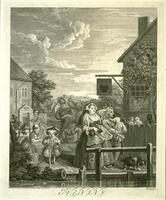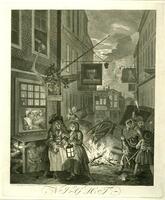10 UMMA Objects
10 UMMA Objects
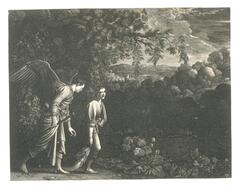
Hendrik Goudt
Tobias with the Angel Dragging the Fish (The Large Tobias)
1613
Museum Purchase
1972/1.165
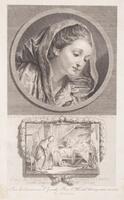
Jean Baptiste Raphaël Urbain Massard (French (culture or style))
Étude du tableau de la dame de Charité
1772
Gift of Professor Walter M. and Nesta R. Spink
2012/2.176
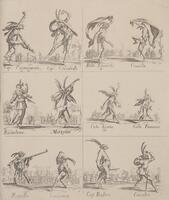
Jacques Callot (French (culture or style))
Six Scenes from the Balli di Sfessania (Dance of Sfessania)
1616 – 1622
Gift of Professor Walter M. and Nesta R. Spink
2013/2.557

Bernard Picart (French (culture or style))
Night Scene from Nicolas Boileau-Despréaux's "The Lectern" [Le Lutrin], Illustration for the 3rd Canto
Gift of Professor Walter M. and Nesta R. Spink
2013/2.566
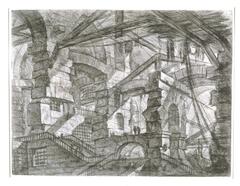
Giovanni Battista Piranesi (Italian (culture or style))
The Gothic Arch, from the 'Carceri'
1745 – 1755
Museum purchase made possible by a gift from Helmut Stern
1992/1.123
Loading…
